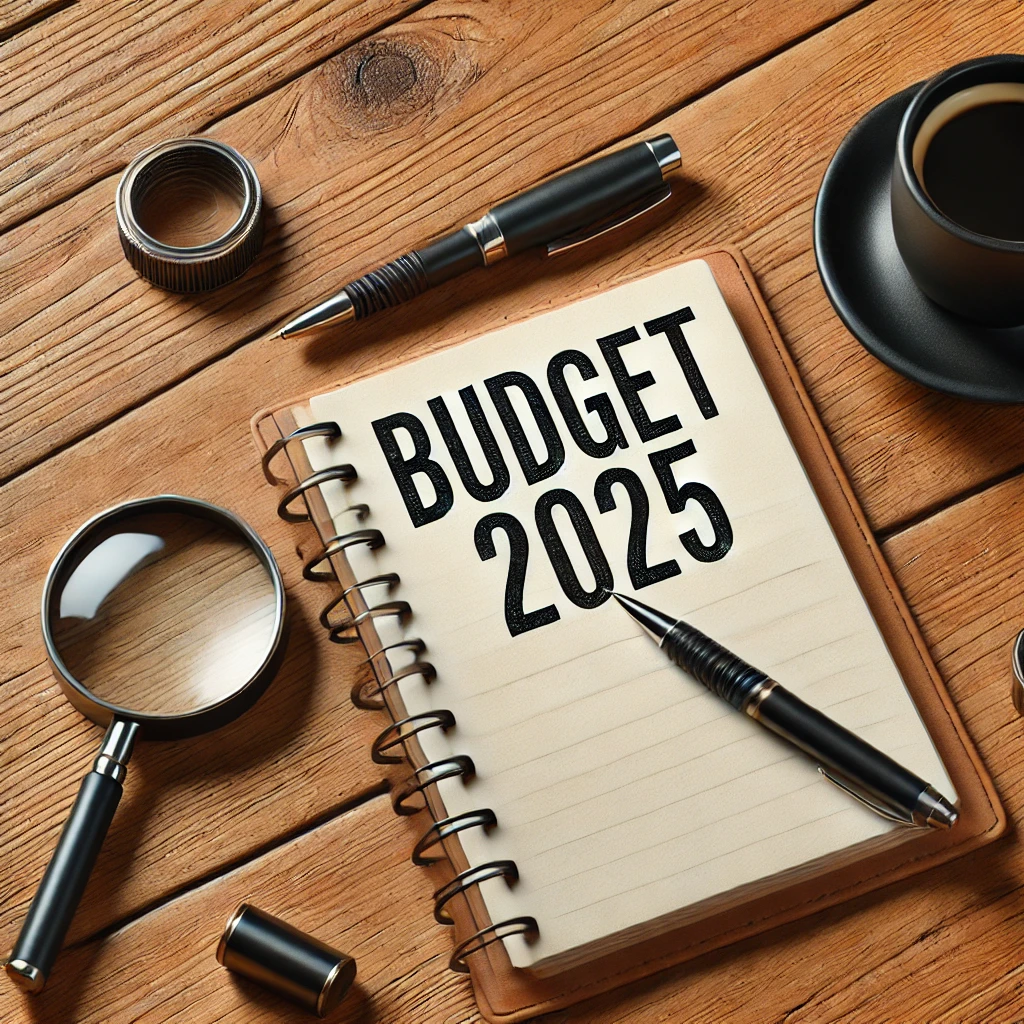Maharashtra Budget 25-26: Business Opportunities Across Sectors

The Maharashtra Budget 25-26, presented by Deputy CM Ajit Pawar, has introduced significant policies impacting multiple industries. From infrastructure development to tax changes, these announcements create new business opportunities. Below is a sector-wise breakdown of key highlights and potential business prospects:
1. Infrastructure and Transport: Expansion Driving Growth
- Key Announcements:
- Third airport proposed near Vadhvan Port.
- Metro link between Mumbai’s two airports.
- Domestic flights from Navi Mumbai International Airport starting soon.
- Night landing at Shirdi Airport.
- Rs 64,000 crore allocated for Mumbai’s traffic congestion solutions.
- Business Opportunities:
- Aviation and Airport Services: Ground handling, logistics, retail, and hospitality near new airports.
- Real Estate: Increased demand for commercial spaces around metro and airport projects.
- Urban Mobility: Smart transport solutions, last-mile connectivity, and EV shuttle services.
2. Automotive and Green Mobility: Navigating Tax Changes
- Key Announcements:
- 6% motor tax on EVs priced above ₹30 lakh.
- 1% increase in tax for private CNG and LPG vehicles.
- 7% tax on construction vehicles and light goods vehicles (LGVs).
- Business Opportunities:
- EV Charging Infrastructure: Growing demand for private and public EV charging stations.
- Fleet Conversion Services: Opportunities in retrofitting vehicles to cleaner fuel alternatives.
- Auto Finance and Leasing: Innovative financial models for CNG/EV adoption.
3. Logistics and Warehousing: Boost from Port and Metro Expansion
- Key Announcements:
- Vadhvan Port in Palghar to be operational by 2030.
- Financial incentives for boat operators at Gateway of India.
- Metro, road, and airport expansions facilitating trade.
- Business Opportunities:
- Logistics Parks and Warehousing: Increased demand for storage and distribution centers near ports.
- Marine Transport and Tourism: Expansion of water transport services for cargo and passengers.
- E-commerce and Supply Chain Services: Faster deliveries due to improved connectivity.
4. Stock Market and Finance: Navigating Market Volatility
- Key Announcements:
- Budget-driven stock market fluctuations in auto and capital goods sectors.
- Amnesty scheme for public sector companies to clear tax arrears.
- Business Opportunities:
- Investment Advisory: Helping investors navigate sector-specific risks and opportunities.
- Corporate Tax Planning: Advisory services to optimize taxation benefits for businesses.
- Financial Technology (FinTech): Digital solutions for portfolio tracking and investment.
5. Public Sector and Taxation: Impact of Fiscal Policies
- Key Announcements:
- Maharashtra Settlement of Arrears of Tax, Interest, Penalty Act, 2025.
- Rs 36,000 crore allocated for Ladki Bahin Yojana.
- Increased taxation policies to boost state revenue.
- Business Opportunities:
- Legal and Compliance Services: Helping companies settle outstanding dues under the amnesty scheme.
- Government Contracting: Opportunities in schemes like Ladki Bahin Yojana and infrastructure projects.
- Policy Advisory and Consulting: Strategic guidance on fiscal regulations.
The Maharashtra Budget 25-26 presents both challenges and opportunities across industries. Businesses that proactively align with these changes can unlock significant growth. Whether in infrastructure, mobility, logistics, finance, or public sector consulting, the evolving landscape is ripe for innovation.
Stay ahead with expert consulting and strategy development to leverage these opportunities effectively!
